What America’s oldest living park ranger wants you to know
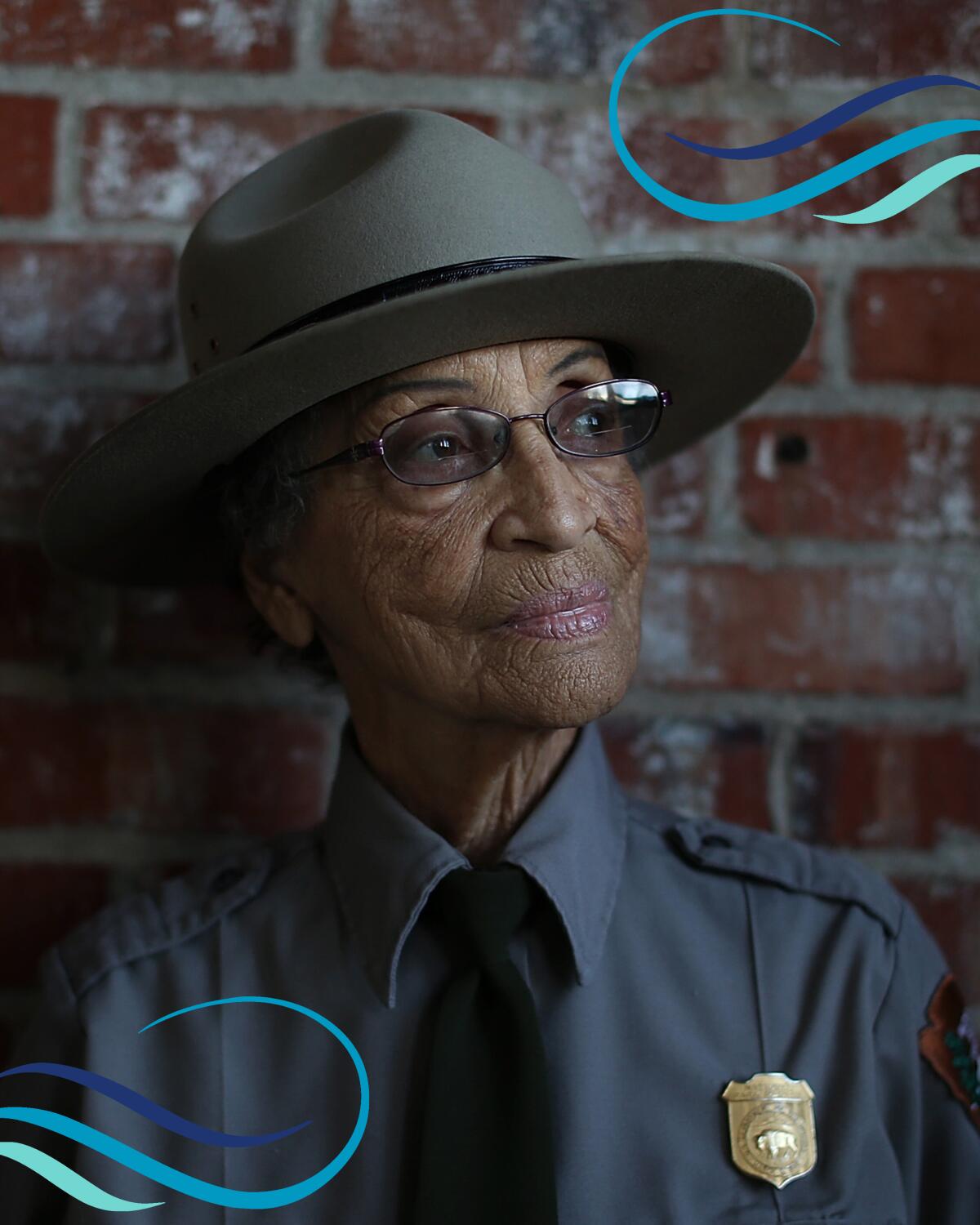
- Share via
By Mary Forgione
Design and illustrations by Micah Fluellen
Sign up here to get The Wild sent weekly to your inbox.
As we mourn the death of U.S. Supreme Court Justice Ruth Bader Ginsburg, it got me thinking about a generation of amazing women fading from the American landscape. Happily, Betty Reid Soskin isn’t one of them.
Soskin, who turned 99 on Tuesday, is the oldest active ranger in the National Park Service. “I had no idea, not from one day to the next, where life was going to take me,” she told me the day before her birthday. “I didn’t expect to work past my 85th birthday. I [was] hired on as a park ranger at 85, I mean, who does that?”
“She talks quietly and without rancor but with an iron will,” the digital newspaper Berkeleyside wrote in 2018. As far as Soskin is concerned, “it is way past time to set the record straight about Black life in white America.”
It’s important to remember that part of the Park Service’s mission is “interpretation” of our natural and cultural resources. That means the agency plays an outsized role in shaping the historical narrative for, say, the Grand Canyon, Yosemite or the Rosie the Riveter WWII Home Front National Historical Park in Richmond, Calif., where Soskin has been a star for years. (The museum is currently closed because of COVID-19.)
Soskin wasn’t always a ranger. She’s a longtime activist and songwriter whose great-grandmother was enslaved. She told Glamour magazine in 2018 that the history of her families stretches “from Dred Scott to Black Lives Matter.” Becoming a ranger was a way for Soskin to be in the room when history was being told. “The history as I had lived it was nowhere in sight, not one minute of it,” Soskin, seated on a stool, tells museum visitors in a 2019 documentary film about her life.
I love the way an enthusiastic young ranger describes her in the movie as being “like Bette Davis, Angela Davis and Yoda all rolled into one.” Soskin reminds us that one person’s story can bear witness and fill in the gaping holes in our national story.
She suffered a stroke last year and returned to the museum for limited hours in January. We still have many ways to hear her story: her memoir, “Sign My Name to Freedom: A Memoir of a Pioneering Life,” and a spoken-word album “A Lifetime of Being Betty.” Also, check out the trailer and/or rent the documentary film “No Time to Waste: The Urgent Mission of Betty Reid Soskin.”
3 things to do this week
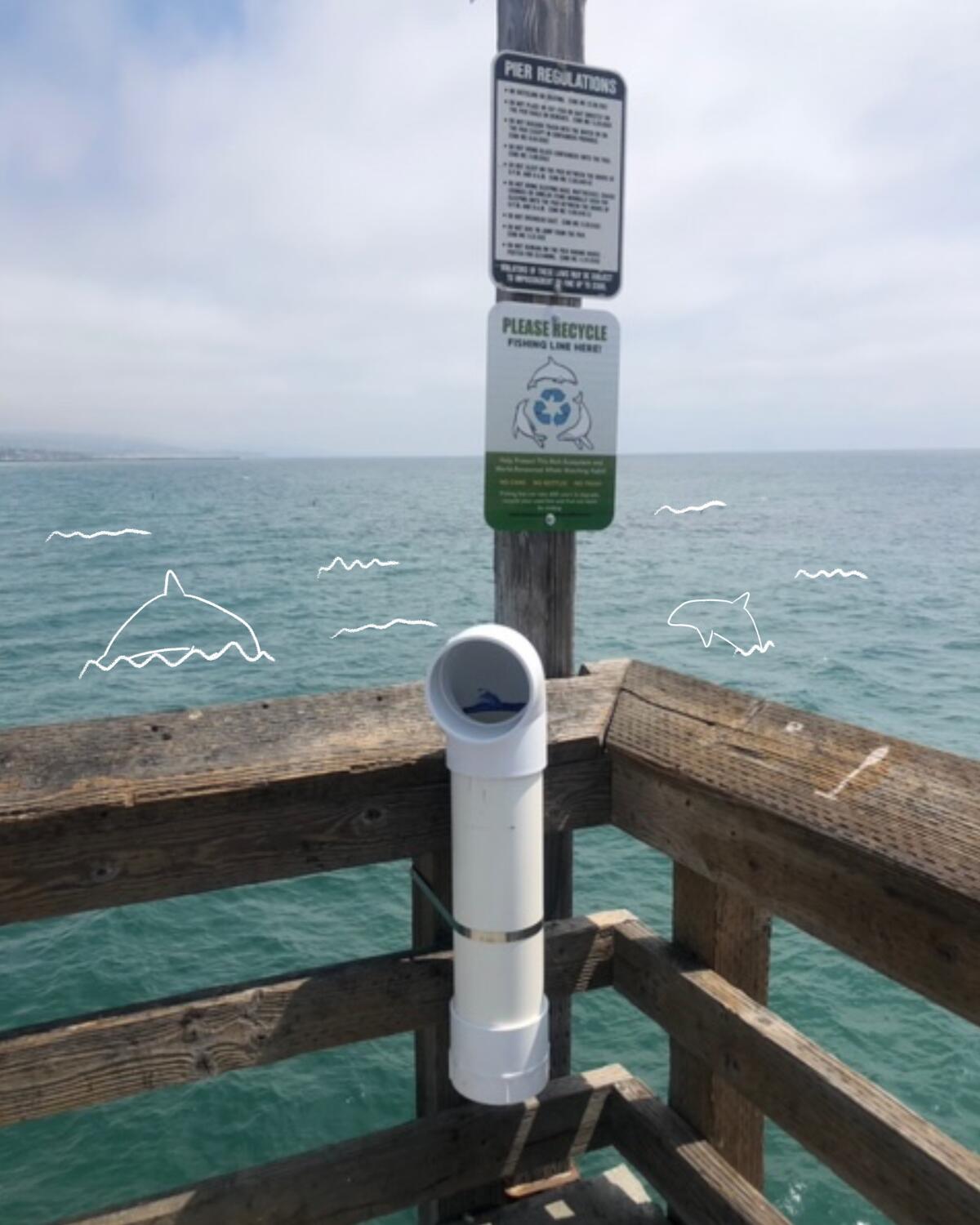
1. Volunteer in Orange County to keep plastic fishing lines out of our oceans
Jessica Roame wrote to tell me about a fishing line recycling program she has been working on in the O.C. The education programs manager at Newport Landing Whale Watching in Newport Beach is passionate about keeping plastic filament out of the ocean where fish, marine animals and boats can get tangled in it. And she wants to keep the plastic filament, which won’t break down for hundreds of years, out of landfills too.
Roame has set up five recycling containers along Balboa Pier where anyone can dispose of fishing line responsibly. What happens then? The filaments are sent to a facility that recycles them into sturdy plastic for park benches or even “fish habs,” artificial homes used in lakes and under piers to encourage fish to thrive. Now she hopes to bring the recycling bins to Newport Pier but needs volunteers to help empty and monitor them. That’s where you come in. If you can help, contact her at [email protected]. Also, here’s a list of places where you can recycle your fishing line in California.
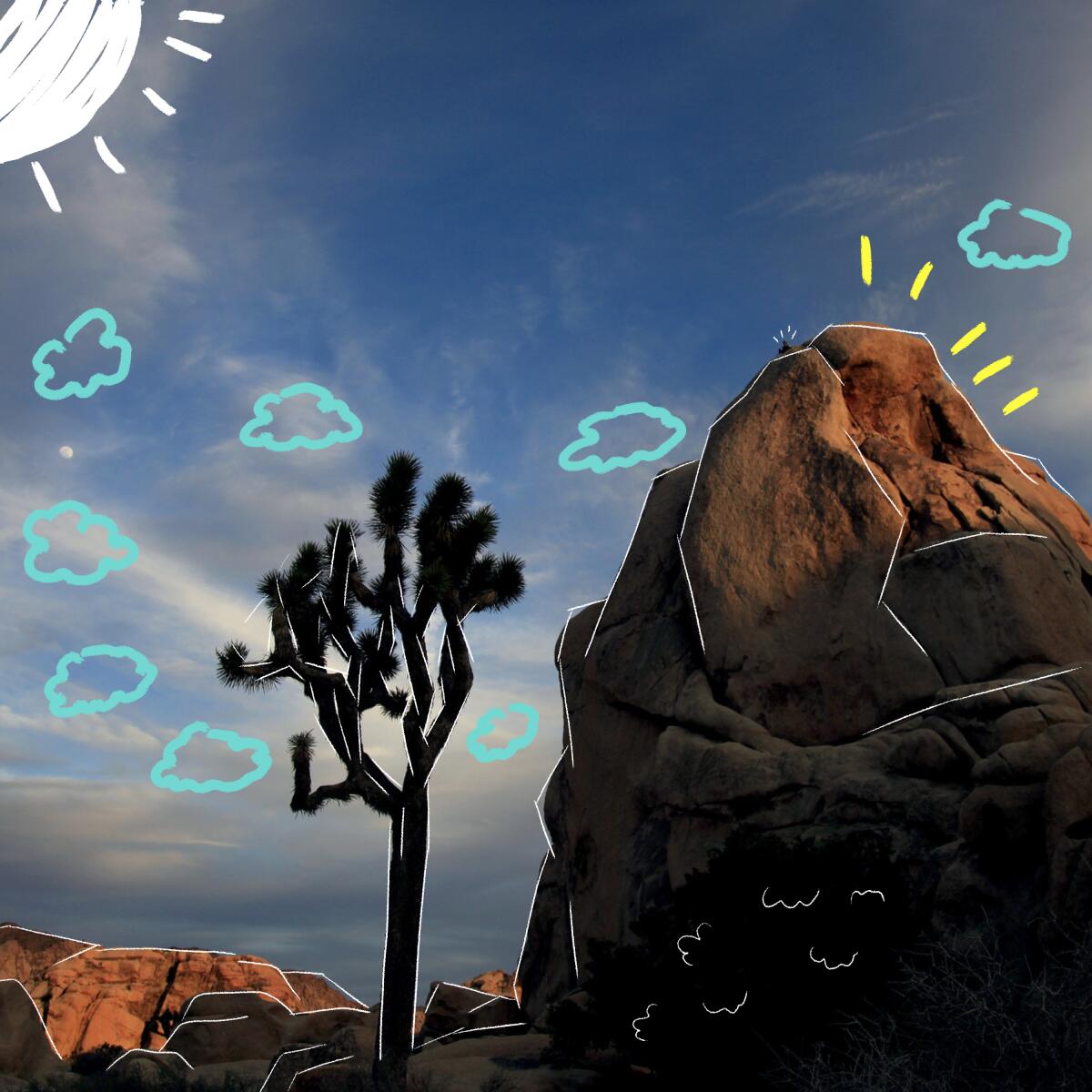
2. Visit a national park or forest for free on National Public Lands Day
The salute to our much-loved public lands has been held the fourth Saturday in September every year since 1994 (this year it’s Sept. 26). As I write this, Southern California’s national forests are closed because of fires or extreme fire risk. And three national parks, including Yosemite, are closed because of hazardous, smoky air caused by fires.
National Public Lands Day is the biggest single-day volunteer event in the country, a reminder to give our green spaces some love and be vigilant environmental stewards. Let’s not give up on that. Despite the pandemic and the fires, some in-person and virtual events are planned for Saturday (check the event website here). Everyone still receives free entry to national parks, which means skipping the $25 to $30 entry fee at Joshua Tree, Death Valley and other public lands that charge fees. Find out more about protecting public lands here.
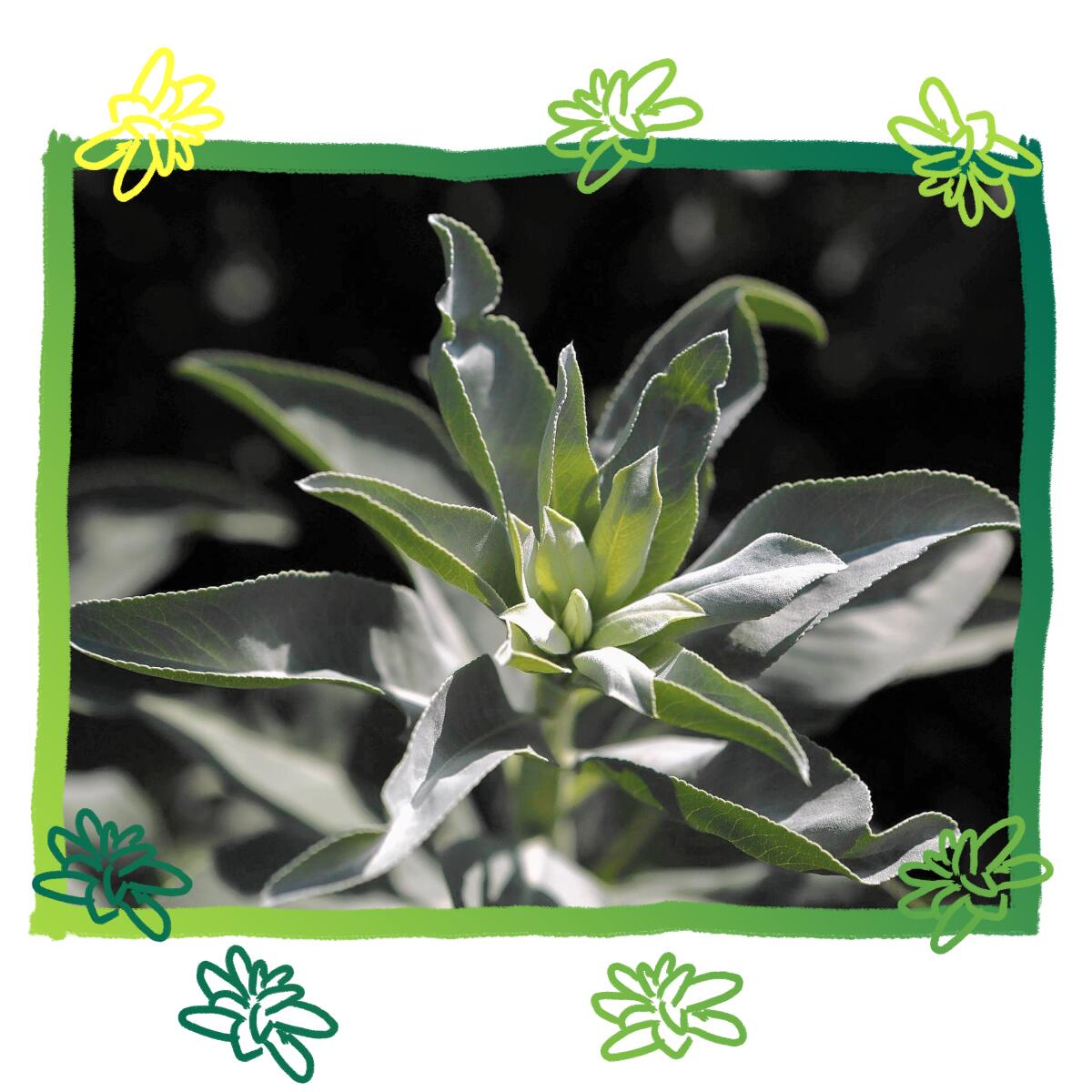
3. Prepare your fall garden for native plants from the Theodore Payne Foundation
Summer is officially over. Thinking of what to plant right now? The Theodore Payne Foundation in Sun Valley is open Thursdays through Saturdays and is ready for what it calls “socially distant shopping.” The garden will hold a 10%-off plant sale for three weeks starting Nov. 5.
“Each week we’ll restock so that every day of shopping will have an amazing selection of vibrant, drought tolerant and life supporting California native plants,” a newsletter item says.
The new rules for visitors: You can go in person, but you must have a timed reservation, which is good for one vehicle with up to four passengers. Visitors are asked to wear masks, maintain a distance of at least six feet from others and stick to your allotted time (don’t linger too long). Info: Theodore Payne Foundation
Wild things
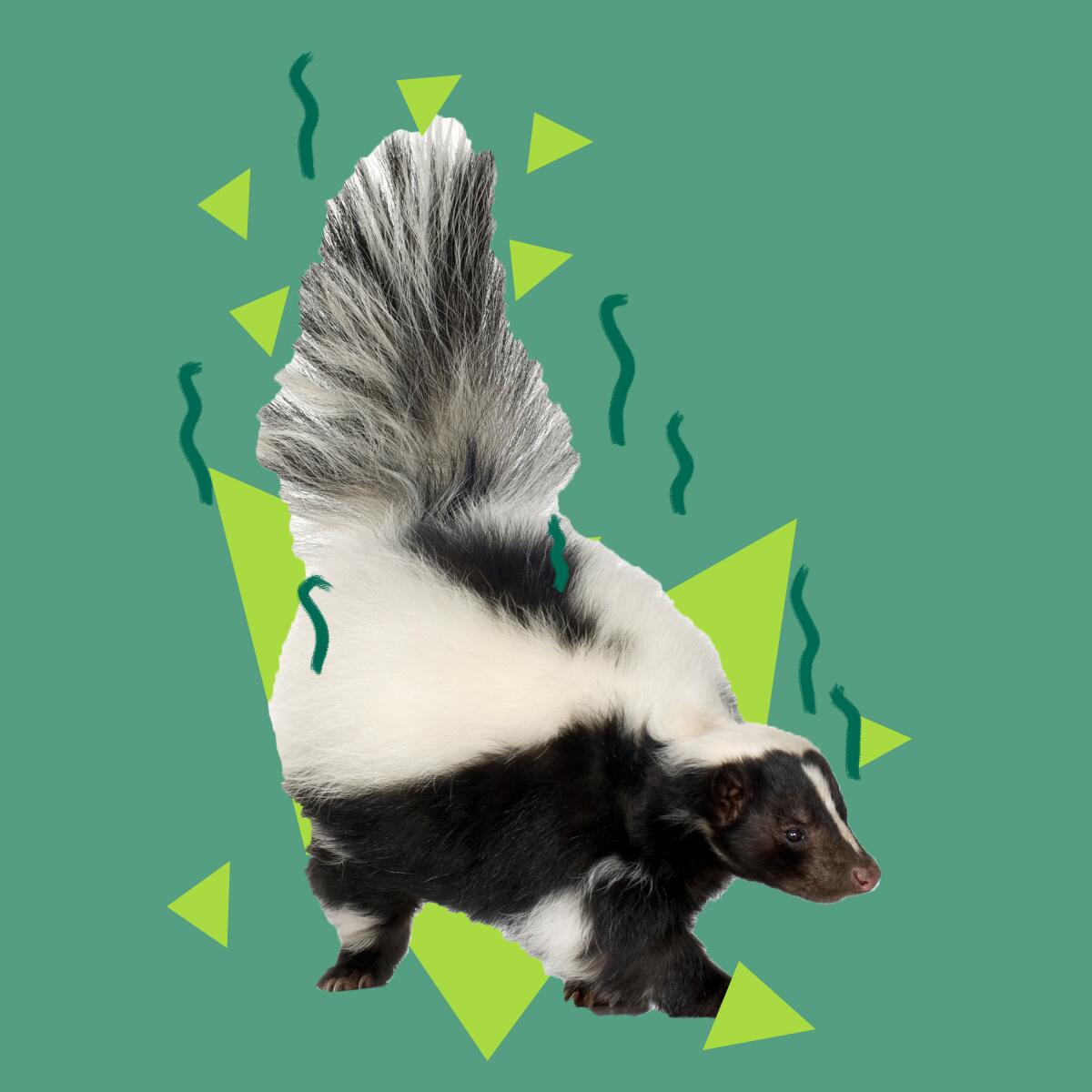
What’s that smell? It’s probably skunk, specifically teenaged striped skunks that like to live on the urban edge, maybe even in your backyard. Cool Green Science reports skunk babies are born in the spring and spend time learning how to hunt and thrive from their mom. Then they leave home for the first time in August and September. Keep your eyes peeled when you’re driving so you don’t run over them.
“Right now, a lot of young skunks are dealing with dogs and cats for the first time,” the story says. “You will smell the results.” Other animals, coyotes included, know better than to mess with skunks, but “dogs have not gotten the memo,” the story says. You can expect the next stink-a-thon in February when mating season gets underway and males fight for the attention of (picky) females. Let’s just say musk will be spilled.
Cool gear

I was raised during the single-use Kleenex age, which came some time after the Bronze Age. If you’re looking to mend your paper-using ways, take a look at LastTissue. It squeezes six sturdy all-cotton reusable tissues — dare I say handkerchiefs? — into a handy silicone pack. I liked using them on the trail because they are smaller and softer than those big bandanas that leave my nose red and chapped. They’re washable and reusable and, according to the company, save you from mucking up the planet with single-use tissues. Reason enough to give them a try. $24; you can choose the case color. Info: LastTissue
The must-reads
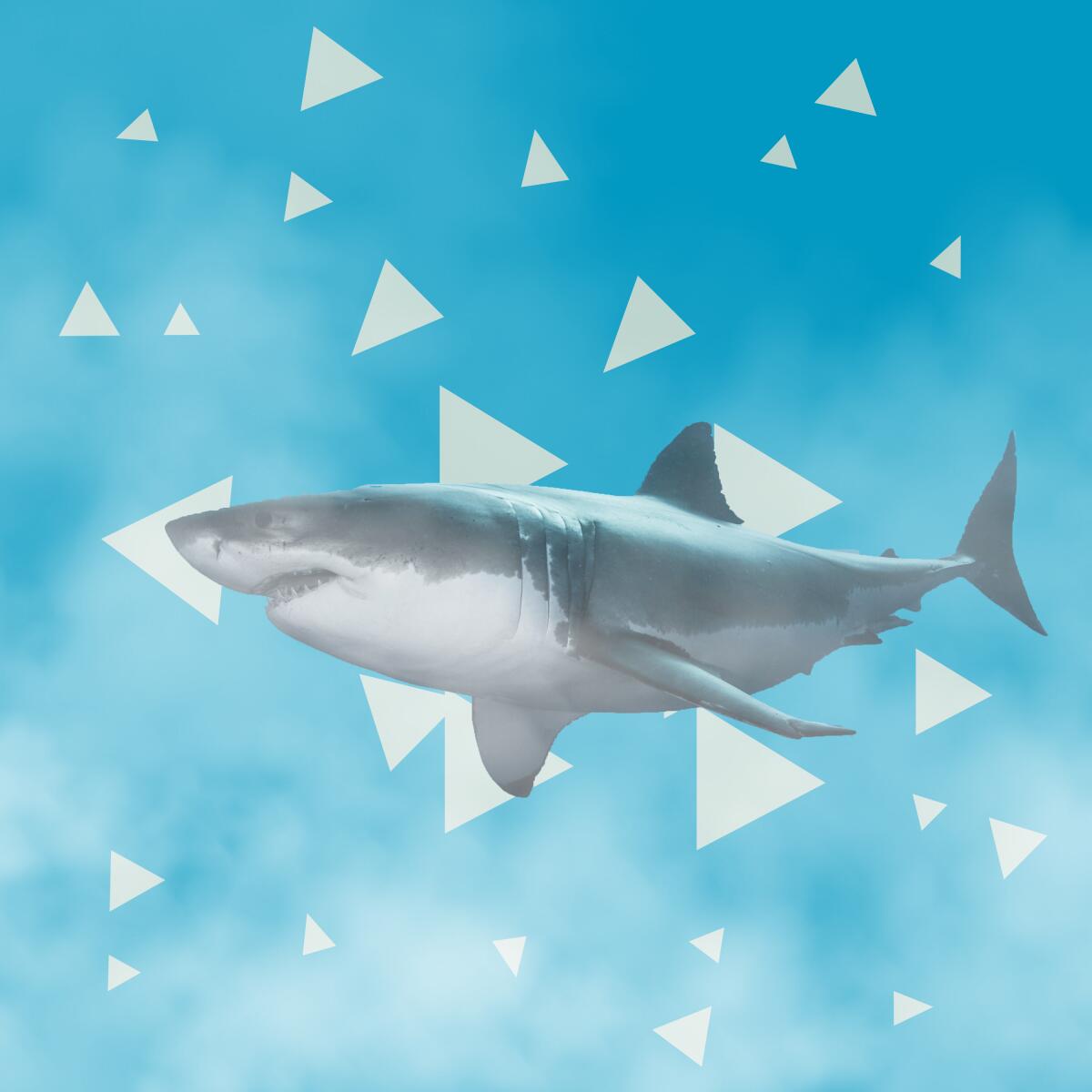
“If anyone is wondering if climate change is real, come to California,” Gov. Gavin Newsom recently said while standing in a spot scorched by wildfires. Although it’s easy to talk about global warming when fires are ravaging the state, it’s equally important to remember that climate change isn’t just one thing.
Great white sharks are pushing farther north into now warmer coastal waters, and the loss of fog — yes, that impenetrable gray that makes driving perilous — leads to coastal vegetation that’s “drier and more fire-prone,” Times columnist Steve Lopez writes. It’s the aberrant patterns in the environment you need to keep your eye on.
But back to the fires. Times Capitol Journal columnist George Skelton says not all of them can be blamed on climate change. Instead, we should look south for some answers on how to better care for the millions of acres of California’s wildlands.
“Baja has a big mountain range that resembles the Sierra Nevada, but it’s healthy and fire-resilient,” he writes in his column. “That’s because until relatively recently, it was managed by nature, not humans — except for Indigenous people who knew what they were doing.” Read the full stories here and here.
Send us your thoughts
Share anything that’s on your mind. The Wild is written for you and delivered to your inbox for free. Drop us a line at [email protected].
Click here to view the web version of this newsletter and share with others. I’m Mary Forgione and I write The Wild. I’ve been exploring trails and open spaces in Southern California for four decades.

Sign up for The Wild
We’ll help you find the best places to hike, bike and run, as well as the perfect silent spots for meditation and yoga.
You may occasionally receive promotional content from the Los Angeles Times.




